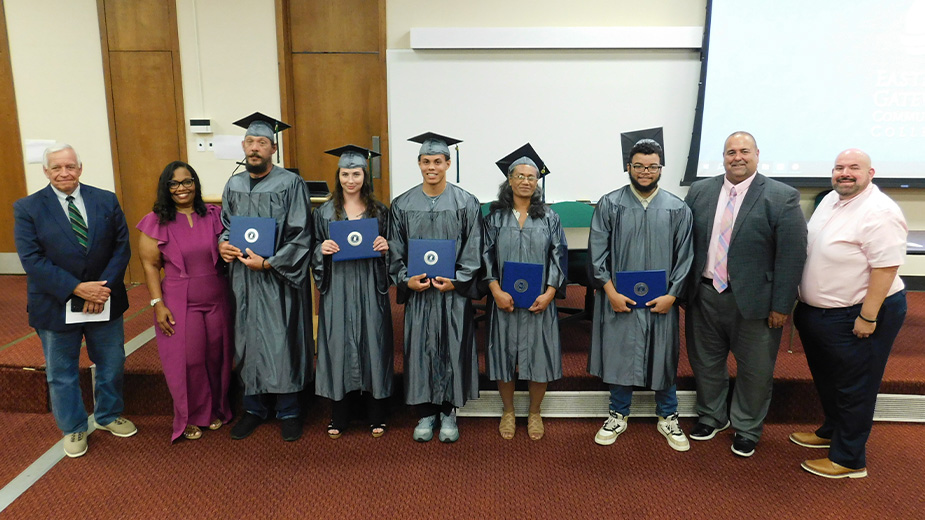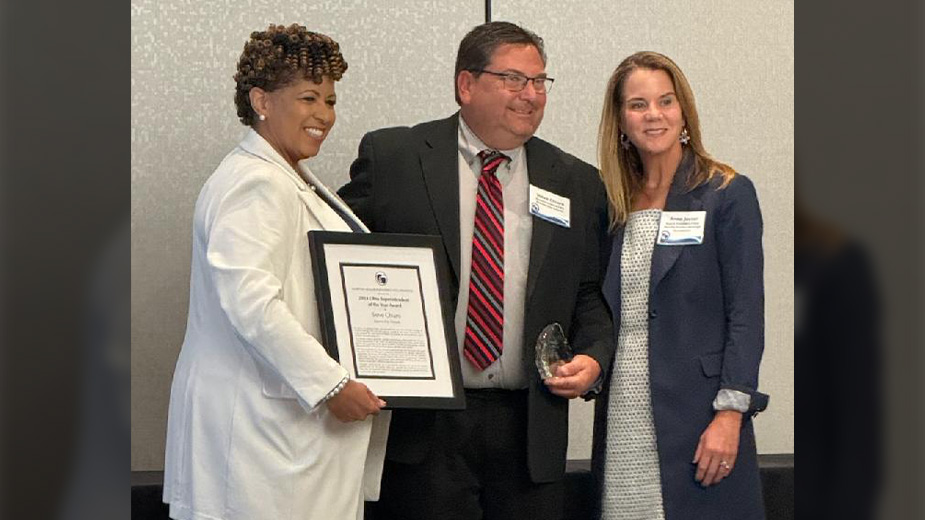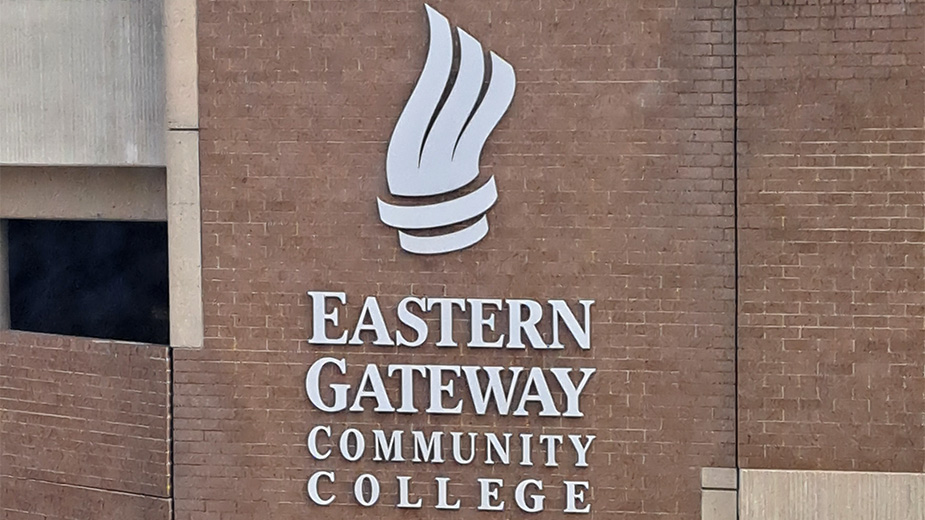Survey | More Than Half of Teens Unprepared to Finance Their Futures
GIRARD, Ohio — More than half of high school teenagers are worried about their financial futures, according to a new survey published by Junior Achievement and Citizens Financial Group Inc.
In the fifth annual JA Teens & Personal Finance Survey, 54% of teens say they feel unprepared to finance their futures. The findings indicate wide-ranging concern among teens regarding financial anxiety and the future, highlighting the need for additional resources to assist them in making financial decisions that impact them over the long term, according to a press release.
“Our young people don’t understand the complexities of our financial world and there is some kind of disconnect when it comes to their finances, as it affects almost every aspect of their lives,” Mahoning Valley Junior Achievement President Michele Merkel, said in the release.
Merkel, who is mother to two teenagers, said she and her husband discuss financial issues with their children all the time.
“We know it can take several years to fix bad financial decisions. The importance of financial literacy cannot be emphasized enough,” she said. “There is a continuous, constant need for financial education from early childhood to adulthood. And with inflation, I think the fears and questions for young people are going to increase.”
For 69% of students surveyed in the national report, rising education costs have affected their plans for pursuing additional education after high school.
Cecil Fidram, a junior at Austintown Fitch High School, said college costs are prohibitive and he is considering staying at home and commuting to Youngstown State University. While Fidram has discussed finances with his parents, he doesn’t believe all of this classmates are financially prepared for the future, he said.
“My advice to people who are worried about finances is to look at your goal of going to college,” Fidram said. “Think about what you want to do. Maybe you could consider going to a trade school or getting a two-year degree.”
A little more than a third (31%) of teens say they don’t expect their plans to be impacted by their financial concerns, but 28% say they are now only considering in-state schools, and 22% plan to live at home and commute, according to the report. Another 10% are considering getting a two-year degree instead of a four-year degree.
The digital divide also poses issues with being an obstacle for young people to learn, work and go to college, the report states. Of those teens planning to pursue a four-year degree, two-thirds (66%) expressed some level of concern about having the technology needed to complete a degree. Factors that contribute to this concern include the cost of devices (52%) and poor Wi-Fi access/connectivity (28%).
Teens said some of their concerns could be addressed with a better understanding of student loans (39%), knowing how education ties to jobs (38%), or having access to lower-cost alternatives (32%). Another 41% said they have no financial literacy classes in school, according to the report.
“Empowering students and families financially can help them for the rest of their lives,” said Peter Camilleri, retail district branch manager, Ohio, Citizens. “In order to ease uncertainly and ensure that teens have the confidence to make sound financial decisions, it’s critical to equip them with the skills and knowledge they need through increasing access to educational resources and providing hands-on training.”
Ohio is making efforts to provide students with financial literacy training. Starting next year, students in the state will have to pass a 60-hour personal finance literacy course to graduate. The course will require new materials and a different approach to successfully implement them in the Mahoning Valley, Merkel said.
Most “off-the-shelf” textbooks, on-line programs, or free resources from organizations like the Federal Reserve, FDIC and bank or financial institution-sponsored programs will be inadequate to teach the required class, she said.
“It is also unrealistic to expect most teachers to create a coherent standards-based program by cherry-picking from a dozen or more different resources,” Merkel said in an emailed response for additional information.
Jill Martin, program director for JA Mahoning Valley, has designed a curriculum that is “completely comprehensive to meet all Ohio’s Learning Standards” and to fulfill the requirement. Martin brings 20 years of experience teaching high school economics and financial literacy at Austintown Fitch high school.
The JA Financial Literacy program incorporates teacher-led materials, virtual simulations, self-guided student sessions and professional business volunteer engagement. JA Mahoning Valley has presented its program to administrators and guidance counselors in Mahoning, Trumbull, Columbiana and Ashtabula counties and with county educational centers.
“Currently we have several requests from local districts wanting to implement our curriculum and will be reaching thousands of students next school year,” Merkel said.
Additional interesting findings from the survey include:
- 62% of teens use mobile or online applications to assist with money management, compared to 48% from a similar survey in 2019.
- 38% of teens say cash is still their preferred payment method, compared to 2% who prefer apps.
- 57% of teens say their parents use cash when giving them money, down from 71% in 2019, while 20% say their parents use apps, compared to 9% in 2019.
- There has been a decline in the use of traditional financial tools by teens, specifically debit cards (59% today vs. 62% in 2019), credit cards (24% today vs. 30% in 2019), and checkbooks (9% today vs. 18% in 2019), over the same period.
Copyright 2024 The Business Journal, Youngstown, Ohio.


